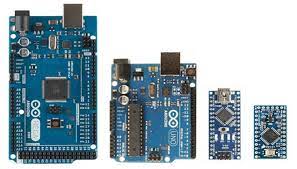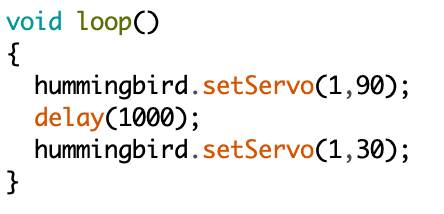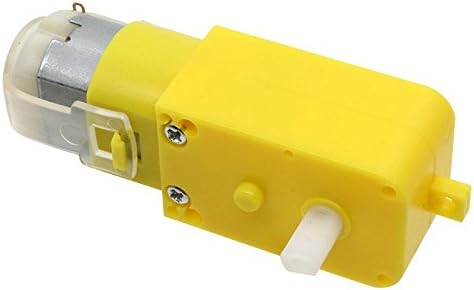Arduino
Arduino is a great way to introduce students to the fundamentals of electronics. They can learn about components like LEDs, resistors, capacitors, and how to connect them on a breadboard. Arduino is a popular open-source hardware and software platform that is widely used in robotics and various other electronic projects. It provides an easy-to-use environment for both beginners and experienced electronics enthusiasts to create and control a wide range of devices and projects, including robots.
Getting Start
To get started with Arduino-based robotics, you'll need an Arduino board, various sensors and actuators, and some basic programming skills. You can find Arduino starter kits that include the essential components for building and experimenting with robots. As you gain experience, you can tackle more complex robotic projects and explore the diverse world of robotics using Arduino as your foundation.
Here are some key points related to Arduino and its role in robotics:
Arduino Boards: Arduino boards are the central components in many robotics projects. These boards come in various forms, such as the Arduino Uno, Arduino Mega, and Arduino Nano, each with different capabilities and sizes. The choice of board depends on the specific requirements of your robot project.
Programming Language: Arduino uses a simplified version of C/C++ programming language, making it accessible to a broad audience. This language is ideal for controlling sensors, motors, and other electronic components in a robot.
Sensors: Robots often rely on various sensors to interact with their environment. Arduino-compatible sensors include ultrasonic distance sensors, infrared (IR) sensors, gyroscopes, accelerometers, and more. These sensors help robots navigate, avoid obstacles, and perform tasks.
Motor Control: Arduino boards can control various types of motors, such as servo motors, DC motors, and stepper motors. This capability is essential for controlling the movement and behavior of a robot.
Communication: Arduino boards can communicate with other devices using various communication protocols, including Serial, I2C, SPI, and Bluetooth. This allows you to control your robot remotely or make it communicate with other devices or sensors.
Robotics Libraries: Arduino has a vast ecosystem of libraries and code examples tailored for robotics. These libraries simplify the implementation of complex functions like motor control, sensor integration, and communication.
Robot Platforms: There are numerous robot platforms designed specifically for Arduino-based projects. These platforms often come with pre-configured hardware and software interfaces, making it easier to build and program robots.
Integration with Other Hardware: Arduino can be integrated with other components like Raspberry Pi for more advanced robotic projects. A Raspberry Pi can handle high-level processing tasks, while the Arduino manages low-level control and sensor interfacing.
3D Printing: Many robotics enthusiasts use 3D printing to create custom robot chassis, brackets, and other parts. Arduino can be used to control 3D printers, enabling the creation of custom robot components.
Open Source Community: Arduino has a large and active open-source community. You can find a wealth of tutorials, forums, and resources online to help you with your robotics projects.
Arduino can be integrated into various subjects, including science, technology, engineering, and mathematics (STEM) education. Teachers can tailor the curriculum to suit different age groups and learning levels, starting with simple projects for beginners and progressing to more complex challenges as students gain experience.
Overall, Arduino provides a fun and practical way for school students to learn about electronics and programming while fostering creativity and problem-solving skills. It's an excellent tool for engaging students in STEM education and preparing them for future technological challenges.
Arduino Sensors









